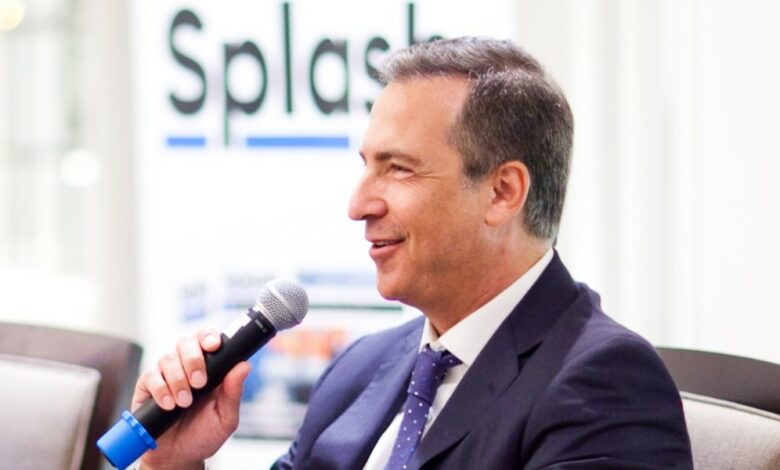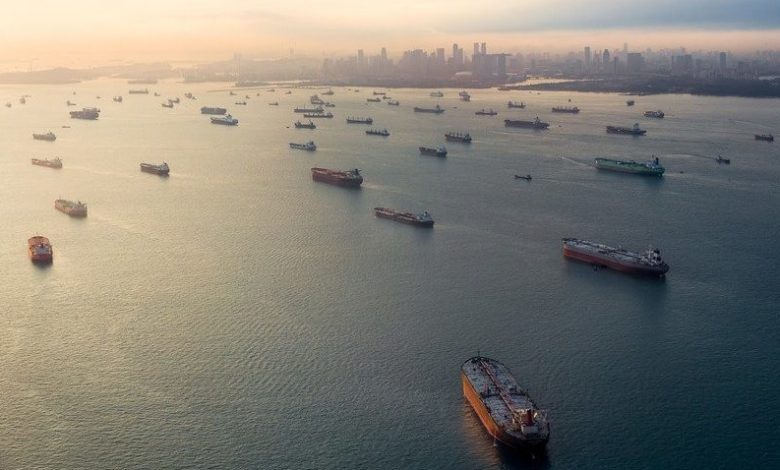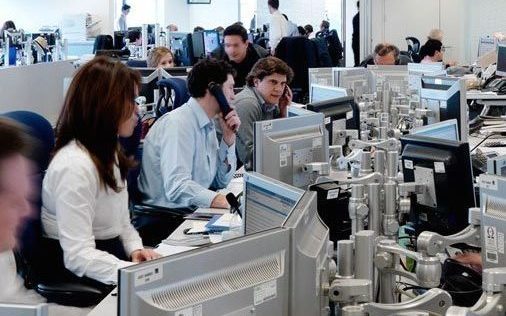Energy News Beat
You can take your pick of a wide variety of opinions about what Trump 2.0 will do to the global oil markets, but it’s a safe bet that nearly all those opinions amount to one effect: disruption. The US president has already dropped a heavy hint to Saudi Arabia to produce more crude oil to cut prices. Trump knows this will pressurise Russia, which relies on hydrocarbon earnings to fund its invasion of Ukraine. In his first term, Trump’s first foreign visit was to Riyadh and he sees the House of Saud as a key partner.
Maybe he hopes the US will supplant Russia in the OPEC+ global oil cartel. That would fit his America First view of foreign policy and support his campaign promise to not only “drill baby drill” but to export more US energy.
More US exports probably means more long-haul crude oil trade in the long-term. In the here and now, the first few weeks of 2025 ushered firmer VLCC activity. It looks like about 900 laden voyages will begin this month compared to 780 in December. Maybe charterers were booking cargoes before the Lunar New Year holiday interrupts. So far this month, average VLCC earnings as reported by the Baltic Exchange are up 44%, reading $36,265 on January 26 compared to $25,220 on December 24, the last reporting day of 2024. On West Africa to China voyages, rates rose 30% to $35,639. On Middle East to Singapore voyages, rates rose 40% to $31,611. On US to China voyages, VLCC day rates rose 66% in a month to $44,003 on January 26 but they had peaked earlier in the month at $55,519 on January 17. That equals just over $10m in gross hire for the maximum 35 day voyage.
Assume opex of $10,000 a day, or a total of $350,000 for the voyage and a tidy operating profit will ensure a happy Lunar New Year for the small number of lucky owners who had ships in the right place at the right time.
Suezmax earnings were no less exciting in January. Daily TCEs on the West Africa to UK/Continent suezmax voyage began the year at $22,400 per day, peaked at $32,492 on January 17, then declined to $27,479 on January 24. On the Middle East to Med voyage, rates began the year at a firm $37,566 and rose to a peak of $48,133 on January 20 before subsiding to $43,679 on the 24th. On the new Guyana to ARA voyage, rates started 2025 at $23,410 per day, topping $28,000 a day mid-month before returning to $23,575 on January 24.
The Baltic Exchange aframax A6 average began the year at $29,272 and struggled all month, sitting at $24,133 by January 24. It was not all red ink: on Kuwait to Singapore voyages, daily TCEs added 10%, rising to $31,709. However, rates were off 7% on Southeast Asia to east coast Australia voyages at $21,517 per day on January 24. The real damage was done in the Atlantic and North Sea. US Gulf-ARA voyage rates fell 39% to $22,291. North Sea to Germany rates slumped 53% to $21,277 while North Sea to UK rates fared less badly, down 4% to $27,677. The German economy is clearly in a difficult place. The US cavalry is not coming to the rescue either – it is mounting up for a charge on Greenland.
The big aframax story however is the new US sanctions which are already causing Indian and Chinese buyers to switch from Russian suppliers as they try to toe the line. The benefit may not accrue to ‘clean skin’ aframax owners; if buyers switch from Russian to Atlantic basin suppliers, cargoes may arrive on larger ships. Around two thirds of Russia’s 2024 crude oil exports went on aframaxes (about 1,600 voyages) compared to only one third of US exports which were more evenly split between VLCCs, suezmaxes and aframaxes / LR2s (around 500 each). Around 1,400 VLCCs loaded Saudi crude last year, over 80% of the seaborne total with only small numbers of suezmax and aframax cargoes making up the balance. Maybe 2025 will be not only the year of the snake but the year of the VLCC.
The global oil products markets are adjusting to the advent of the massive 650,000 barrels per day Dangote refinery in Nigeria.
Already, product tanker arrivals at Nigeria are down, from 90 in January 2023 to 42 in the first three weeks of 2024, with the monthly total likely to be around 50 to 55 ships. The Atlantic product tanker markets have been more than usually volatile in January – Dangote may be implicated.
So far, daily TCEs on ARA-WAF voyages are holding up. For panamaxes, the rate was $20,068 on January 1 and $20,803 on January 24, having dipped below $17,000 on January 16. For MRs, the rate was actually up 30% from $14,827 on December 24, the last reporting day of last year, to $23,566 on January 24, via a low of $12,869 on January 8 and a high of $26,573 on January 20. Such volatility perhaps reflects changing market conditions in West Africa.
In other Atlantic basin markets, the benchmark MR voyage from the USG to ARA lost 47% over the month from December 24 to January 24, falling from $21,082 to $11,093, but was as low as $6,510 on January 7. On the reverse, gasoline-laden voyage, rates zoomed upward 76% over the month to January 24, from $10,134 to $17,803, via a low of $6,418 on January 7 and a high of $21,520 on January 21. MR tanker sized exports from the USG to the east coast of South America were attracting $31,879 per day just before Christmas but only $18,656 on January 24, a fall of 41%. On the US Gulf-Caribs voyage, rates fell from $28,406 on December 24 to a measly $6,612 on January 9, then recovered to $26,573 on January 15, only to relapse to $9,762 on January 23.
Then came a Friday feeling and a bump up to $12,861.
Looking east, the LR2 benchmark voyage from Saudi Arabia to Japan ended 2024 on an acceptable $17,333 per day but quickly scrubbed up to a luminous $40,324 on January 15 only to stumble to $27,776 on January 24. The parallel LR1 voyage ended 2024 at $12,036 but increased to a peak of $26,414 on January 15 before slipping back to $16,245 on the 24th.
As India’s refineries absorbed the new sanctions reality, day rates from Jamnagar to Chiba for 35,000 tonne cargoes were 29% lower on January 24, at a slovenly $8,074 per day, compared to a smarter $11,339 one month earlier and a suave $13,201 on January 17.
South Korea’s refiners enjoyed January, with good export volumes supporting freight rates. On the voyage to the US west coast, MR tanker day rates were up 19% on January 24 compared to December 24, at $23,901, while on the voyage to Singapore they were up 44% at $12,873.
Overall, the Baltic Exchange Clean Tanker Index was up 16% at 725 points on January 24 compared to 625 points on December 24
The post Tankers: Year of the VLCC? appeared first on Energy News Beat.























